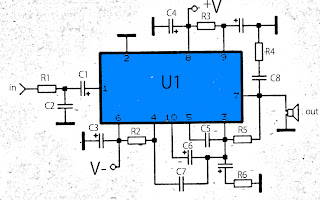
1.2 Personal dressing In an electrical workshop, it is always important to be properly dressed. This will provide protection from dangers associated with electricity, moving machine parts, tools and materials. The following dressing is therefore suggested: Shoes Should provide a good rubber grip on the floor and be of suitable top and, if possible, reinforced with steel toe caps to protect the feet against injuries from sharp and heavy objects. Clothing Should either be an overall, a dustcoat or an apron worn to protect the body and personal clothing. They should be short sleeved; long sleeves should be rolled or buttoned up. All buttons should be in place and done up. Neckties should be removed or tucked-in, especially when working with machines, else they might be caught up in the moving parts. Hand Gloves Rubber, plastic or leather gloves should be worn when handling acids, other corrosive substances, as well as hot objects. Helmets These should be worn in areas where there is dange...



















